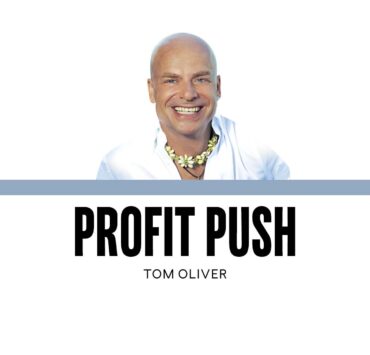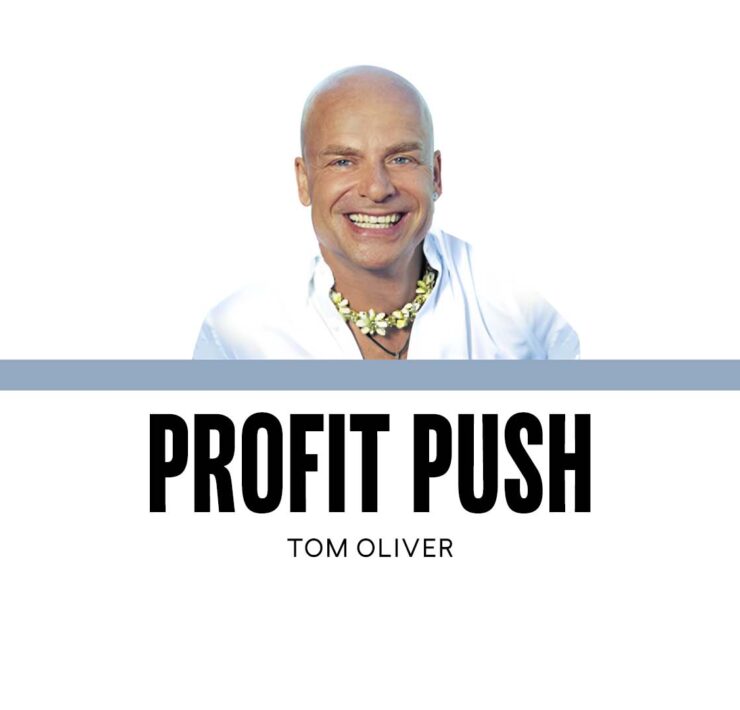Succession unlocked: Building leadership that lasts

Several TV series have dramatically portrayed succession.
In “Game of Thrones,” it is often violent and bloody. In “Succession,” it is full of plot twists and drama. In “The Founder,” there is so much aggression and ambition.
Instead, succession in a corporate setting is about sustainability and longevity, and therefore is a critical topic for boards, especially of publicly listed companies.
As boards focus on leadership succession, we must address potential issues, such as resistance, miscommunication, loss of corporate momentum or worse, the departures of key executives.
In this essay, I propose practical strategies for leaders initiating succession and for those affected.
A brief story: Many years ago, I was working for a global bank, and I led a team overseeing three locations in the region. It was typical to move every three years, often to take on greater responsibilities or larger teams.
My next move would have been to assume the leadership of the whole region. Our succession templates had the usual “ready now,” “ready in one to two years,” “ready in three years or more” and included typical training and exposure needed for future roles.
My brief story sets up how to prepare for succession. Organizations need to develop succession plans early. Planning means identifying key roles (who will likely move?), and potential successors (if the move happens, who do we put in the vacant role?).
Each leader who might be a successor should be evaluated on their readiness, whether ready immediately or as needed, or perhaps ready in time with leadership interventions, such as temporary assignments or training.
The organization needs to invest in leadership development. Often, this is simply training, but the best ways in developing successors are mentorships, opportunities to build and show their skills, such as working in task forces or ad hoc committees, or even spending some time away from their usual role (a finance person may spend some time selling to customers at a company store, for example).
My favorite advice to future leaders is for them to develop a “T” profile. That is, the vertical bar is a deep functional expertise (such as finance, legal, technology) and a long horizontal bar representing various skills they may have acquired or developed outside of their deep knowledge (example: a finance person who had stints in product management, customer experience or business development).
As succession planning takes root, organizations must ensure all stakeholders understand its importance and that succession goals align with the long-term vision.
These succession plans should be regularly reviewed, with feedback from stakeholders, as organizations are rarely static and need to adapt to changing circumstances.
Organizations must ensure that leaders follow through on board discussions on succession.
My brief story also highlights that communication is the key to a smooth transition. While I thought my logical next move was the regional role, I only found out the regional role wasn’t mine until the organizational announcement.
It’s crucial to clearly explain the reasons for the transition and the chosen successor. To foster trust, an organization needs to immediately and openly address any concerns and questions. This transparent communication ensures that everyone is informed and involved in the transition process.
‘What happens now?’
This is the most frequent question when a transition happens. All key stakeholders should be involved early in the process, from board members to senior leaders and employees.
A company needs to demonstrate how the transition aligns with organizational goals to build buy-in.
And as the new leaders step in, allow these successors to articulate their vision and plans for the future. Every human being is different, with unique beliefs, attitudes and styles shaped by life and experiences.
Therefore, it is vital to highlight the successors’ qualifications and the value they bring to the organization. Throughout the transition, provide regular updates to everyone and encourage feedback.
What are some of the challenges in succession? Possible solutions?
The first and most apparent challenge is resistance to change. An organization needs to involve its employees, emphasize the benefits of the change and hold town halls to address concerns.
The second challenge is the loss of institutional knowledge. A leader who leaves a role and a successor who steps in face real knowledge, skills and work history gaps, and most especially, the skills of the inherited team.
While documentation and knowledge sharing can help, this challenge is best mitigated by a mentorship period. For example, the successor could be a short-term deputy.
The third challenge is the opposite: a leader who stays in one role for too long. This is unhealthy for the organization. That leader could assume more challenging roles, and a successor will then build new skills.
The fourth challenge is poorly defined roles. As organizations are continually pushed to execute faster, their role definitions often become outdated. A succession event helps redefine responsibilities and authority.
The fifth challenge in succession is overlooking the emotional impact. Working together for some time creates bonds, and a transition means re-bonding, which can be an emotional event.
The organization needs to acknowledge the emotional aspects of a leadership change for both the new leader and team members.
It’s essential to provide counseling or team-building support to ease the transition, showing empathy and support for those affected.
The last challenge in succession is not actually moving successors to target roles. Executives may be classified as “ready now” or “ready in one to two years,” but if at every annual review, they are classified the same, there is a talent retention risk.
Did the organization forget the individual’s career path? Wait too long, and the executive might leave for other companies that can better value their talent and potential.
Don’t forget the role of the leader who is leaving for another role. The leader needs to demonstrate commitment to the succession plan and the future of the team and the organization.
The leader should also be transparent about the reasons for moving on, and have confidence in the successor. The hardest part of being a leader who must leave a role is to be able to offer guidance without micromanaging or second-guessing.
The organization also needs to acknowledge the outgoing leader and recognize the potential of the successor.
Often forgotten are the people affected by the succession. If you are one of them, as I have usually experienced in my professional career, embrace change and transition with an open mind and be willing to adapt, aligning your efforts with the organization’s goals. Always ask questions to understand the new leader’s vision and expectations, establishing trust and collaboration.
Do executives leave if they are not chosen?
There are very public examples of executives leaving organizations if they do not get the roles for which they were designated as successors.
Let me go back to my brief story. I felt emotional, disappointed and let down, as I had hoped for the larger regional role that went to someone else.
There was no explanation for “why not me?” Soon after, I realized the regional role wasn’t for me, as a global opportunity arose and I moved to my new HQ job! It may be true then that all good things come to those who are patient and get the job done.
Effective leadership succession ensures organizational stability and growth. As leaders in our respective organizations, we all need to work together to navigate succession and transitions successfully, ensuring business continuity and long-term success.
The author is governor and secretary of the Management Association of the Philippines. He is a retired executive of Ayala and Globe. His last role was Globe chief strategy officer and chief technology and information officer. He is currently an independent director at GT Capital Holdings and Puregold Price Club. Feedback at map@map.org.ph and iamgilgenio@gmail.com.





















